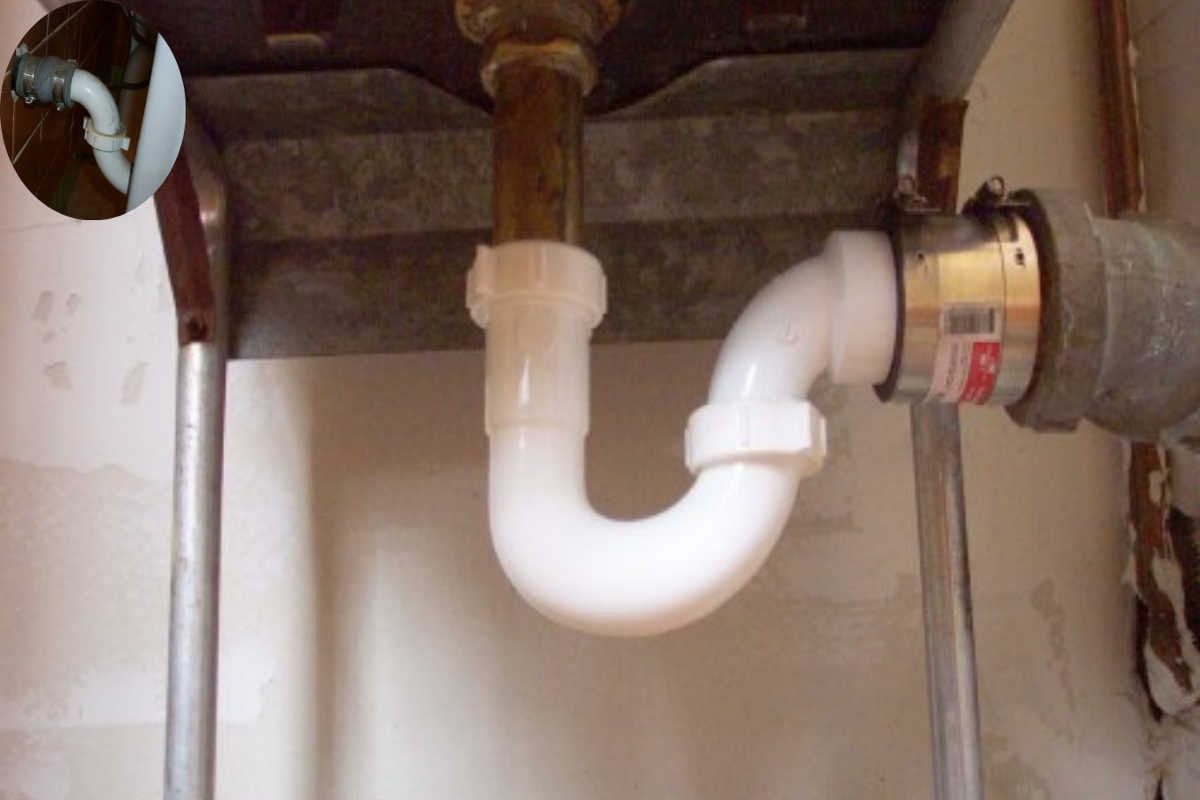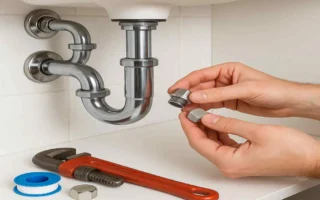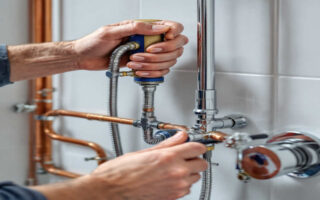Installing a santee (sanitary tee) is a key step in home plumbing, especially when connecting branch drain lines to a main drain or vent stack. A santee fitting helps direct wastewater smoothly while allowing for proper venting, which is essential for preventing clogs and ensuring your plumbing system works efficiently. Understanding how to correctly install a santee will help you avoid common mistakes, leaks, and code violations, making your home’s drainage system safer and more reliable
Tools and Materials Needed for the Installation Process
To successfully install a Santee in your home plumbing, it’s essential to gather the right tools and materials. First on the list is a pipe cutter or hacksaw, which will help you make precise cuts.
Next, you’ll need measuring tape for accurate measurements and a marker to mark where you’ll cut the pipes. A deburring tool is also handy for smoothing out any rough edges after cutting.
Don’t forget about PVC cement and primer if you’re working with PVC pipes; these ensure strong joints. You might also want Teflon tape for added leak protection when connecting fittings.
Have safety gear such as goggles and gloves close by. These items not only protect you but make the entire process smoother. With everything ready, you’re one step closer to mastering your plumbing project!
Step-by-Step Guide on Installing a Santee in Home Plumbing
Installing a Santee in your home plumbing can seem daunting, but it’s manageable with the right approach.
Start by preparing the area where you’ll work. Clear out any obstacles and ensure good lighting to avoid mishaps. Safety first! Wear gloves and goggles for protection.
You may also read (snake your toilet at home)
Next, cut the existing pipes as needed. Use a pipe cutter for clean edges, making sure to measure accurately before cutting. Fitting is crucial; dry-fit all pieces first to confirm they align properly.
Once everything looks good, attach the Santee to your plumbing system using appropriate fittings and solvent cement if working with PVC or glue for ABS pipes. Ensure that you’re following local codes for drainage angles.
After installation, it’s time to test for leaks. Turn on water supply slowly and watch closely at every joint. Make adjustments as necessary until everything runs smoothly without drips or spills.
Preparing the Area for Installation
Before diving into the installation, take a moment to assess the area where you’ll be working. Clear out any obstacles that might hinder your progress. A tidy workspace is essential for safety and efficiency.
Next, ensure you have adequate lighting in the space. Good visibility will help you avoid mistakes while cutting and fitting pipes.
It’s also wise to protect your flooring with a drop cloth or some old newspapers. Plumbing jobs can get messy, so being prepared can save you from extra cleanup later on.
Familiarize yourself with local plumbing codes if necessary. Knowing these regulations ensures that your work meets building standards and avoids potential issues down the line. Taking these initial steps sets a solid foundation for your Santee installation project ahead!
Cutting and Fitting the Pipes
Cutting and fitting the pipes is a crucial step in installing a Santee. Precision matters here. Start by measuring your existing plumbing accurately. Mark the points where you’ll cut.
Using a pipe cutter, make clean cuts to avoid jagged edges that can lead to leaks later on. If you’re working with PVC, remember that a saw or even a hacksaw will do just fine.
Once you’ve got your pieces cut, it’s time for fitting. Use primer on the ends of each pipe before applying cement; this ensures a strong bond between them.
Slide the fittings onto the pipes while twisting slightly to secure them firmly in place. Make sure each joint is aligned correctly as misalignment can cause issues down the line.
Take your time during this step—it pays off when everything fits snugly together without gaps!
Attaching the Santee to the Existing Plumbing System
Once you have your Santee cut and fitted, it’s time to attach it to the existing plumbing system. Start by ensuring all surfaces are clean. Remove any debris or old sealant from the pipes.
Next, apply a suitable primer and solvent cement on both the Santee and connecting pipes. This ensures a strong bond when they’re joined together.
Carefully push the Santee into place, twisting slightly to ensure an even distribution of adhesive. Hold it in position for about 30 seconds to allow the cement to set properly.
Check that everything is aligned correctly before allowing it to cure fully. Misalignment can lead to future leaks or blockages, so take this step seriously. After securing your connections, wipe off any excess cement with a cloth for a neat finish around your plumbing work.
Testing for Leaks and Making Adjustments
After attaching the Santee to your plumbing system, it’s crucial to test for leaks. Start by turning on the water supply slowly. This allows you to observe how the connection holds under pressure.
Look closely at all joints and connections around the Santee. Any signs of moisture or dripping indicate a potential issue that needs addressing.
If you spot a leak, don’t panic. Tighten any loose fittings using an adjustable wrench but be careful not to overtighten; this can cause damage.
In some cases, applying plumber’s tape around threaded areas may resolve minor leakage issues.
Allow the water to run for several minutes while monitoring again for leaks. It’s better to ensure everything is secure now than deal with problems later down the line.
Tips and Tricks for a Successful Installation
Every santee may have specific requirements that could save you from future headaches.
Use a level when placing your santee. Ensuring it’s perfectly aligned helps prevent drainage issues down the line.
Don’t rush through cutting and fitting pipes. Measure twice, cut once is key here. A precise fit reduces leaks and makes assembly smoother.
Consider using primer before applying solvent cement on PVC joints. This boosts adhesion and ensures a stronger bond between pieces.
Keep your workspace organized. Having tools within easy reach will make the process more efficient and less frustrating.
If you’re unsure at any stage, don’t hesitate to consult with a professional or seek help online. Getting advice can clarify doubts and enhance your confidence in tackling plumbing tasks successfully.
Common Mistakes to Avoid
When tackling the installation of a Santee in home plumbing, several common pitfalls can hinder your progress. One frequent mistake is neglecting to measure and cut pipes accurately. Ensuring precise measurements prevents leaks and ensures a snug fit.
Always inspect your existing plumbing components before starting the installation process. If you find any wear or corrosion, replace them to avoid future problems.
Remember that working with plumbing requires patience. Rushing through steps might result in mistakes that could be costly later on. Take the time needed for each phase of the installation for long-lasting results.
By keeping these errors in mind, you’re more likely to enjoy a smooth installation process while ensuring that your home’s plumbing operates efficiently with its new Santee fitting.
You may also read (install indoor plumbing)




